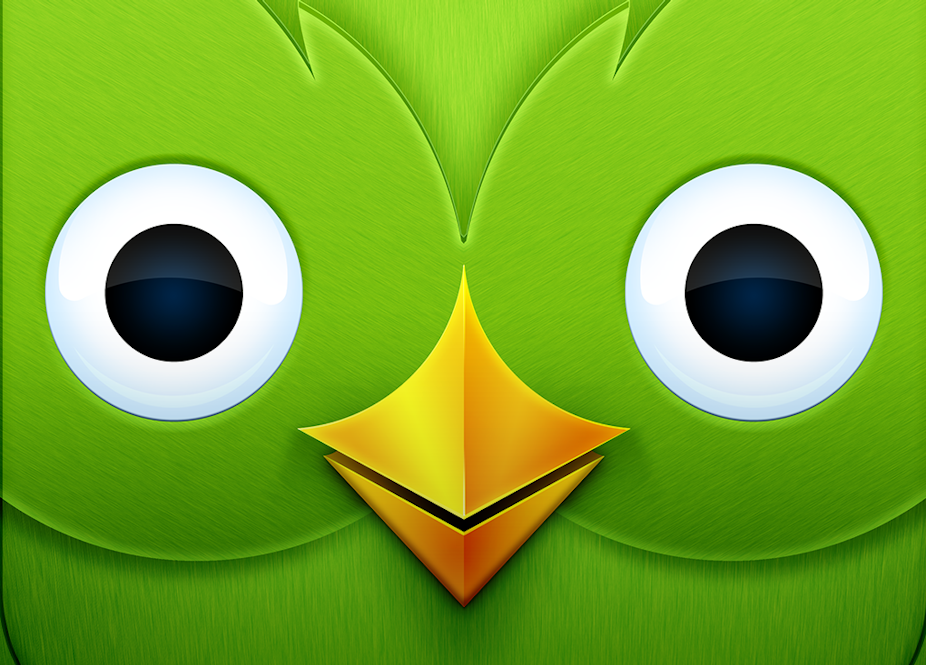When the iPhone launched in 2007, few could have predicted the impact it would have on education. One of the most powerful developments in education has been the arrival of language learning apps.
Regardless of which device you use, one of the main drivers in the mobile learning revolution is the sheer number of apps that are available from different app stores. In May 2013, the number of apps downloaded from the iTunes App store alone reached 50 billion. And the wealth of options is particularly notable for language apps.
The most famous language learning apps are probably DuoLingo and Busuu but there are plenty more to choose from because the nature of the smartphone makes it ideal for absorbing language and honing language skills.
Smartphones speak your language
Digital language learning has of course been popular for years but the features of a smartphone are fuelling a shift away from the traditional listen and reply CDs of old. Responsive touch screens, enhanced text entry, high-quality image, audio and video recording, editing, and sharing, voice recognition, storage, connectivity, and GPS all bring together the multi-sensory experience that makes for effective language acquisition.
The mix of different media and the varied ways in which information can be presented makes using apps for language learning much more appealing than traditional textbooks or the activities that used to be carried out in the language labs that could be found in schools and universities with old-fashioned video and audio recordings, newspapers, dictionaries and other resources.
What’s more, you’re not “exposed” to others if you make a mistake so you feel more comfortable trying tasks as many times as you like until you get them right. The game-like features that make using apps fun and the fact that you don’t need to spend hours in a formal setting also help. You can do five minutes of quick practice while commuting or even in the loo .

Duolingo is a completely free service which makes extensive use of the gamification elements that apps afford and offers a very comprehensive language learning system. Activities are varied and include translation, writing, reading, listening and recording, which help the user develop several skills in a fun way. They are presented as short learning chunks which learners can take in a few minutes of spare time.
Busuu is a commercial provider and offers apps in several languages, clearly labelled by levels following the Common European Framework of Reference for Languages. There are free taster and premium packages which include explanations, comprehension and writing activities and self-testing.
Other apps designed for language learning include dictionaries and phrasebooks, which can be relatively expensive in terms of app prices, but can be integrated into other apps, such as Kindle, so that the dictionary function works when reading foreign language texts. Some of these include pronunciation guides. There are also grammar drilling apps, some of which are provided by big names in language learning like Collins or The British Council. These are perfect for students who want to do grammar exercises or practise verb conjugations, for example.
For writing skills there are spelling apps and also character writing apps for languages such as Japanese or Chinese as well as dictionaries that include pronunciation guides. Other apps, such as MacMillan Sounds, are specifically designed for learning phonetics. There are even apps which students can use to create their own flashcards to help them memorise vocabulary, such as Quizlet.
Adapt your app
The immense variety out there also means that people wanting to learn a language can use apps that aren’t even aimed at teaching languages to pick up words and phrases. An app produced for native speakers could be just as beneficial as a language learning app, even if it is more of a challenge to use. Newspaper or magazine subscriptions in the foreign language and word processors set in the language can help with reading and writing, while social media apps can be used to connect with speakers of other languages.
Apps such as Skype or FaceTime will allow the learner to have conversations in the language they’re learning provided they know some native speakers or fellow students. Other apps such as Blackboard Collaborate can provide meeting places for several students to get together and practice the language they’re learning. Some language learning apps such as DuoLingo provide feedback from native speakers, which can be very useful to learners as well.
What makes a good app?
The critical success factors for apps for language learning are good pedagogy, technology and design. Whereas some apps have an attractive design, they may lack in pedagogically sound principles behind that design. In fact, many language learning apps use very outdated pedagogical principles such as listen and repeat, or pure grammar drilling without context. Even these, however, can be very useful for very focused practice.
It is unlikely that one app will provide all the solutions a student needs for language learning, but smartphones and tablets can store many different apps for different purposes.
This is the best thing that apps can bring: a portable solution to every learning style which can suit different language learning skill requirements: grammar, vocabulary, reading, listening, writing or speaking. A combination of apps (app mashing) that cover the different skills will help language learners engage, any time, any place and at any pace with a variety of teaching styles, from the repetitive grammar drills to the gamified all-in-one solutions.
Only the learners know which ones work for them. It is up to them to download, try, and work out which is best for their needs.

